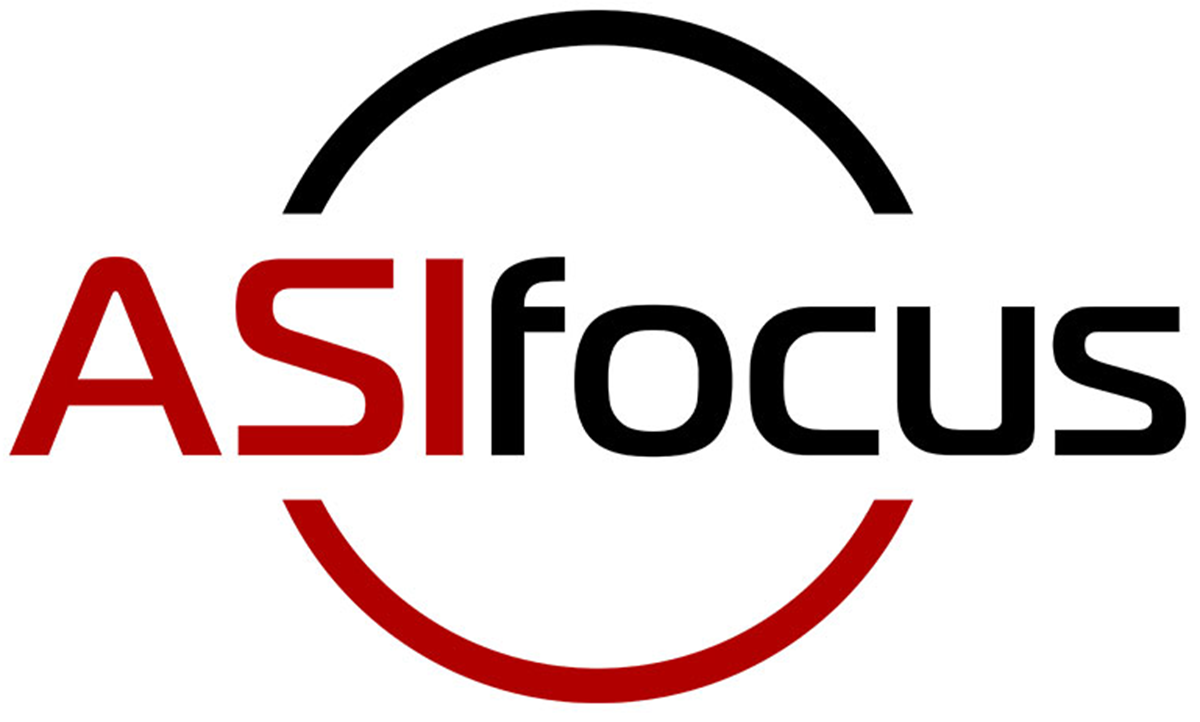In today’s healthcare landscape, the challenge of balancing quality care with financial sustainability is more complex than ever. Rising operational costs, evolving patient needs, and increased regulatory pressures make cost containment not just a budgeting exercise—but a strategic imperative. To thrive, healthcare organizations must go beyond reactive cost-cutting and embrace a proactive, patient-centered approach to financial management.
Understanding Cost Containment
Cost containment refers to the strategies and processes used to control the expenses of healthcare delivery without compromising quality or access. This doesn’t mean slashing budgets or reducing staff—it means aligning operations, technology, and resources in a way that maximizes efficiency and outcomes.
A sustainable cost containment strategy recognizes that every dollar saved can be reinvested in improving patient care, staff training, or new innovations. When done right, cost management becomes a growth lever—not a constraint.
The Shifting Economics of Healthcare
Healthcare costs have been rising faster than inflation for decades, driven by factors such as increased demand for services, administrative complexity, and the adoption of advanced (and often expensive) technologies. For hospitals and clinics, this creates a difficult balancing act: delivering exceptional care while maintaining a stable financial foundation.
Meanwhile, patients have become more discerning and cost-conscious. Transparency around pricing and outcomes has created new expectations for accountability. This shift means that healthcare organizations must not only manage costs internally but also demonstrate value externally—to patients, insurers, and regulators.
From Cutting Costs to Creating Value
Historically, cost containment efforts focused on short-term cuts—reducing headcount, freezing spending, or delaying investments. But these measures often backfire, leading to staff burnout, lower patient satisfaction, and diminished long-term performance.
Modern cost containment is different. It’s about value creation—finding ways to reduce waste, streamline operations, and make smarter financial decisions that improve outcomes. For example:
- Process optimization: Automating routine administrative tasks, such as billing or scheduling, can save time and reduce errors.
- Supply chain efficiency: Negotiating better vendor contracts or consolidating purchases can yield significant savings.
- Data-driven insights: Using analytics to identify high-cost procedures or inefficiencies helps target improvements precisely where they’re needed.
- Preventive care focus: Investing in preventive health programs can reduce expensive emergency care and readmissions.
When organizations treat cost containment as part of their mission to deliver value, they strengthen both financial stability and patient trust.
Engaging Your Team in the Process
Successful cost management requires more than leadership directives—it demands engagement at every level of the organization. Physicians, nurses, administrators, and even support staff can identify opportunities for improvement that leaders might overlook.
Encourage a culture where employees feel empowered to suggest ideas and where efficiency is recognized and rewarded. When the entire team understands the “why” behind cost containment, they’re more likely to embrace it as part of their shared responsibility to deliver better care.
Laying the Groundwork
The first step in cost containment is awareness. Conduct a comprehensive audit of your current spending, looking at both direct and indirect costs. Where are resources being underutilized? Which processes could be streamlined? Which technologies could replace manual tasks?
Use this audit to establish a baseline, then prioritize changes that will deliver the greatest impact with minimal disruption. Transparency throughout this process—sharing goals and progress—helps build trust and maintain momentum.
In Part 2, we’ll explore the practical side of cost containment and how Sage Intacct can help—how to implement lasting change, leverage technology effectively, and turn your cost strategy into a long-term competitive advantage. Contact us or schedule your free consultation today.

